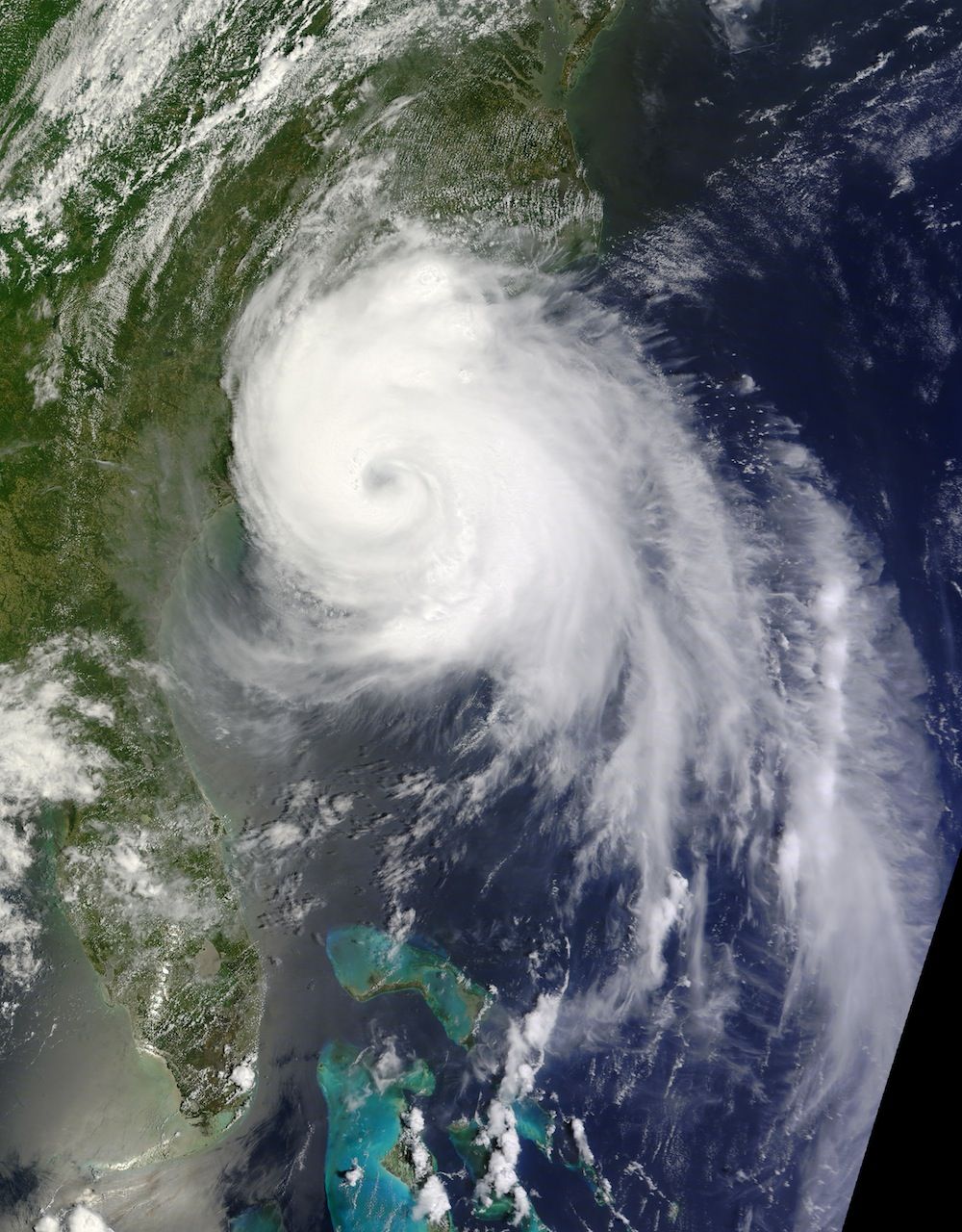Quiet 2014 Atlantic Hurricane Season Comes to a Close

The mellow 2014 Atlantic hurricane season ends Sunday (Nov. 30), marking another year without major hurricanes hitting the Eastern United States.
It has been a record-breaking nine years since a Category 3 hurricane (or stronger) made landfall along U.S. coastlines. The last was Hurricane Wilma in 2005 (Sandy was not a hurricane when it hit the northeast in 2012). The United States has never recorded a nine-year period without a hurricane touching its shores. The prior record for the longest stretch, from 1861 to 1868, was set during the Civil War, according to Colorado State University climatologists.
But in the eastern Pacific Ocean, tropical storm activity was busier than it has been over the past 20 years. Fourteen hurricanes and six tropical storms formed since May 15, including Hurricane Amanda, a Category 4 storm and the strongest May hurricane ever recorded in the East Pacific. [A History of Destruction: 8 Great Hurricanes]
At the same time, the Atlantic produced only eight named tropical storms this year, the fewest since 1997, according to the National Hurricane Center. Six of those storms strengthened into hurricanes, and two became major hurricanes. The overall storm activity was 75 percent of the seasonal average between 1981 and 2010, according to Colorado State.
Quiet season
Hurricane Arthur was the only storm to make landfall in the United States this season. The storm clobbered coastal North Carolina on July 4 with Category 2 winds of about 100 miles per hour (160 km/h), causing $21 million in damage.
Of the two major Atlantic storms, Hurricane Edouard reached Category 3 strength far out at sea, never threatening to touch shorelines. Hurricane Gonzalo was the season's most powerful storm at Category 4, but the tempest weakened to Category 2 before making landfall in Bermuda and causing more than $200 million in damage.
Sign up for the Live Science daily newsletter now
Get the world’s most fascinating discoveries delivered straight to your inbox.
"The season was fairly quiet as we predicted," said Gerry Bell, the lead hurricane season forecaster at the National Oceanic and Atmospheric Administration's (NOAA) Climate Prediction Center.
The 2014 hurricane forecasts were more accurate than last year's predictions. The 2013 hurricane forecast called for an above-average season, but had one of the slowest starts on record and fewer storms than predicted. This year, storm-crushing conditions in the Atlantic Ocean were already in place by spring, leading forecasters to predict fewer tropical storms. In May, NOAA projected for eight to 13 named storms, three to six hurricanes and two major hurricanes.
"What really suppressed the season was the strong wind shear and atmospheric instability across the Atlantic," Bell told Live Science.
Most hurricanes begin as tropical disturbances offshore Africa or in the central Atlantic Ocean, a region called the Atlantic's hurricane nursery. Strong vertical wind shear above the hurricane nursery can prevent these baby storms from growing stronger. That's because wind shear, or winds blowing in different directions, tear apart a storm by pulling its bottom and top in opposite directions.
Other inhibiting factors over the central tropical Atlantic included dry air and an atmospheric phenomenon called convergence, which leads to sinking air. The sinking motion prevents storms from building tall thunderclouds, and dry air lacks the moisture that fuels storms. A weaker western Africa monsoon season is also one of the reasons for this year's below-average hurricane season, Bell said. The monsoons kindle the tropical lows that eventually become hurricanes.
Another year
A quiet Atlantic hurricane season often occurs during an El Niño year, because the climate pattern triggers conditions that inhibit hurricanes. However, in the Pacific Ocean, the El Niño's failure to launch meant the phenomenon had little impact on Atlantic hurricanes, Bell said. "El Niño never did form and it couldn't affect the season," he said.
But conditions in the eastern and central Pacific Ocean were opposite those in the Atlantic, creating the busiest storm season since 1992. Weak vertical wind shear, atmospheric moisture and rising, unstable air birthed nine major hurricanes in both ocean basins. Mexico's Pacific coast suffered billions of dollars in damage as storm after storm pounded the country. Three hurricanes threatened Hawaii, which rarely feels the impact of tropical storms. The remnants of Hurricane Norbert caused deadly flooding throughout the southwest United States.
The Atlantic and Pacific hurricane seasons end Nov. 30. NOAA is expected to announce its first seasonal forecast for 2015 by next May.
Follow Becky Oskin @beckyoskin. Follow LiveScience @livescience, Facebook & Google+. Originally published on Live Science.












